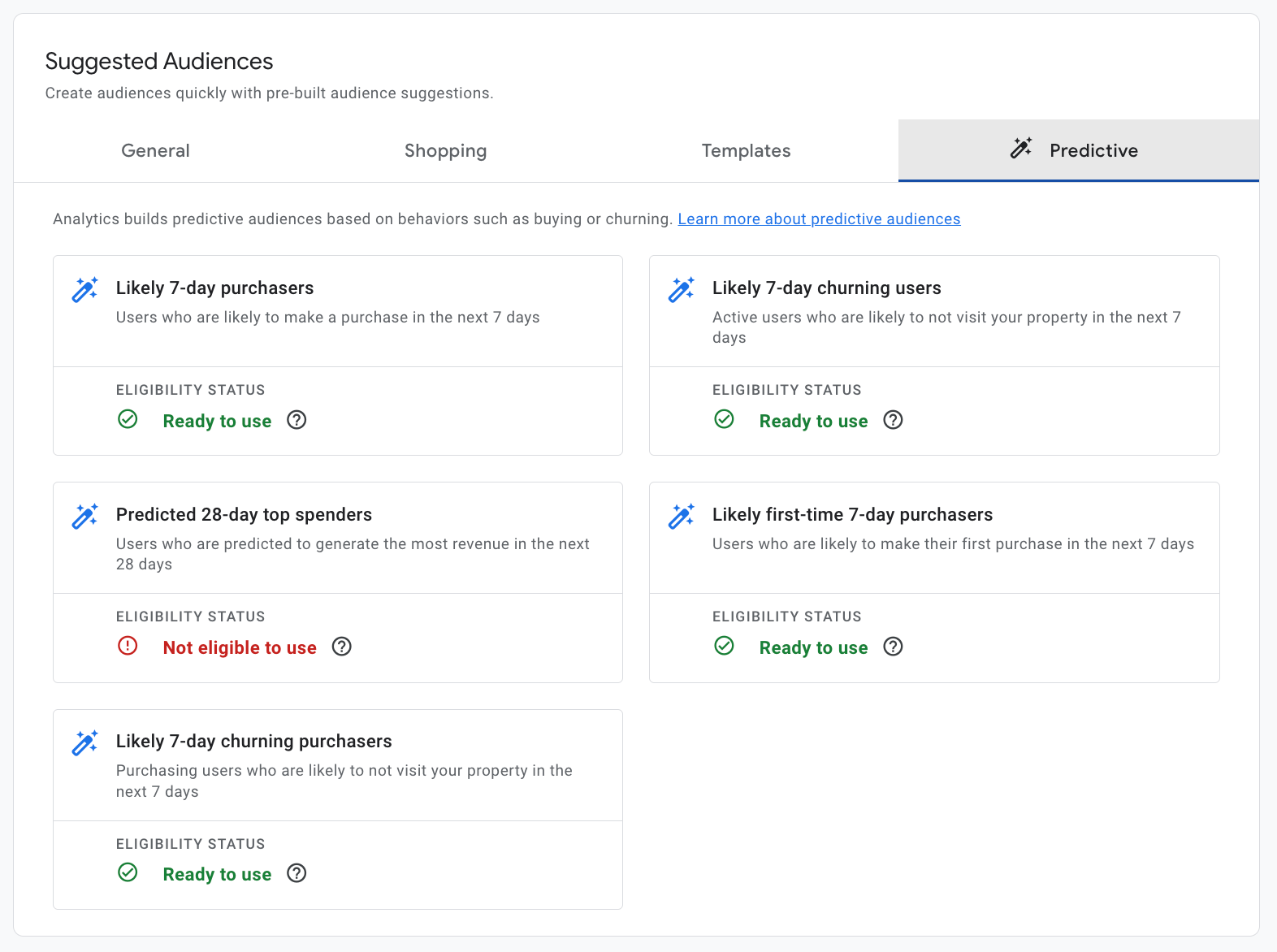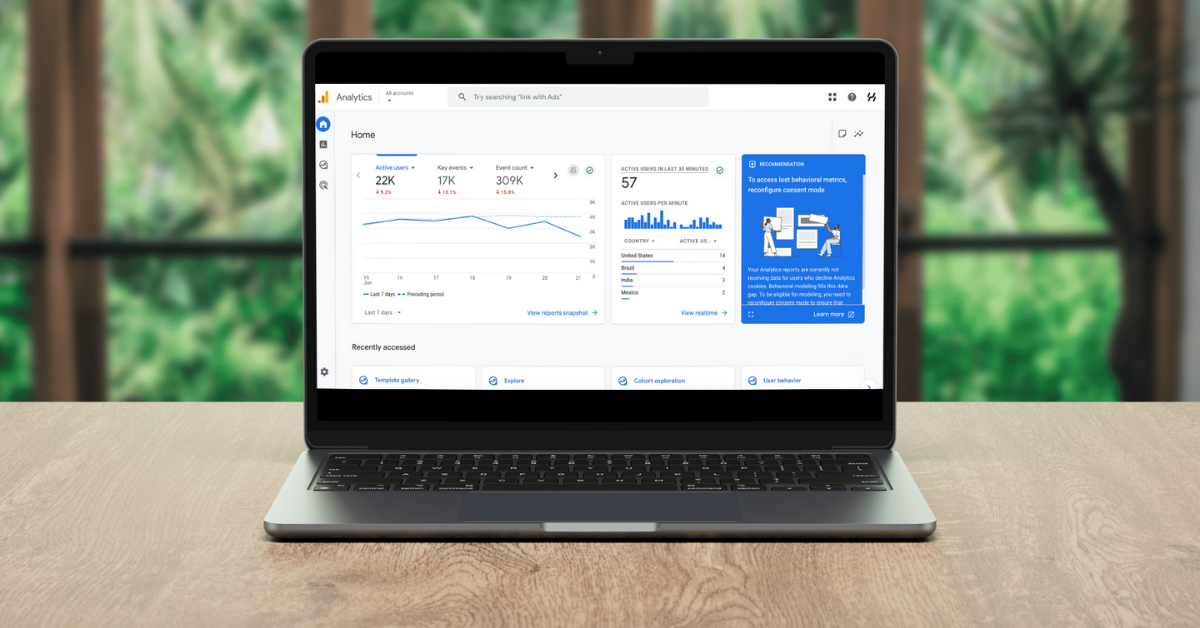
Google Analytics is the world’s most widely used web analytics tool, helping millions of businesses collect behavioral and user data from their websites. In my 10+ years working in digital marketing and analytics for some of the world’s biggest brands, I’ve never logged into an analytics account without spotting opportunities for increased utilization and feature adoption.
I’m going to cover the top 3 Google Analytics 4 (GA4) features that I believe can make the biggest difference for your teams and business.
1. Audience Builder
GA4 has a powerful audience builder that allows you to create audiences from any data point collected in your property. You can get very granular and build audiences based on your events and parameters, focusing on the sequence of events, timing between events, and more. Alternatively, you can use some of the out-of-the-box suggested audiences provided by GA4, which include general audiences relevant to your vertical.
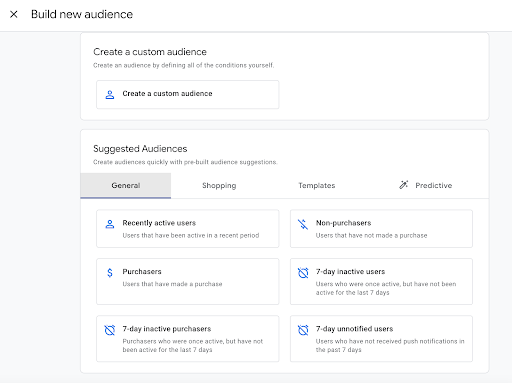
You can even create predictive audiences, which allow you to target customers based on their likelihood to perform specific actions on your site, like making a purchase or churning.
Strategic Decision Making
Having these audiences enables you to make strategic decisions about how to engage these customers. For example:
- If they’re likely to churn: Do you want to prevent churn by offering a discount or special promotion?
- If they’re going to churn anyway: Do you want to exclude them and focus on targeting someone more likely to purchase with a higher-value product?
Once you build your audiences in GA4, they automatically sync to all linked media platforms. Google Ads is the primary platform, though Google and Meta are currently rolling out an integration between Google Analytics and Meta Ads, so you’ll soon be able to use these valuable audiences there as well.
Pro tip: Plan what audiences you want to build and how you’ll use them with a data-driven strategy and audience framework. You’re limited to 100 audiences per property in the standard version of Google Analytics.
2. BigQuery Integration
Here’s a little-known fact: sending data from Google Analytics to BigQuery is completely free. The integration is simple and quick to set up through an easy-to-use interface in Google Analytics. The main barrier for most organizations is that you need a corporate card to set up billing for BigQuery via Google Cloud. Once you have that, you’re good to go, and you’ll get a $300 voucher to use on Google Cloud and BigQuery when you first sign up.
What Is BigQuery?
BigQuery is Google Cloud’s serverless data warehouse. As the name suggests, a data warehouse is a central place where you can store all your data.
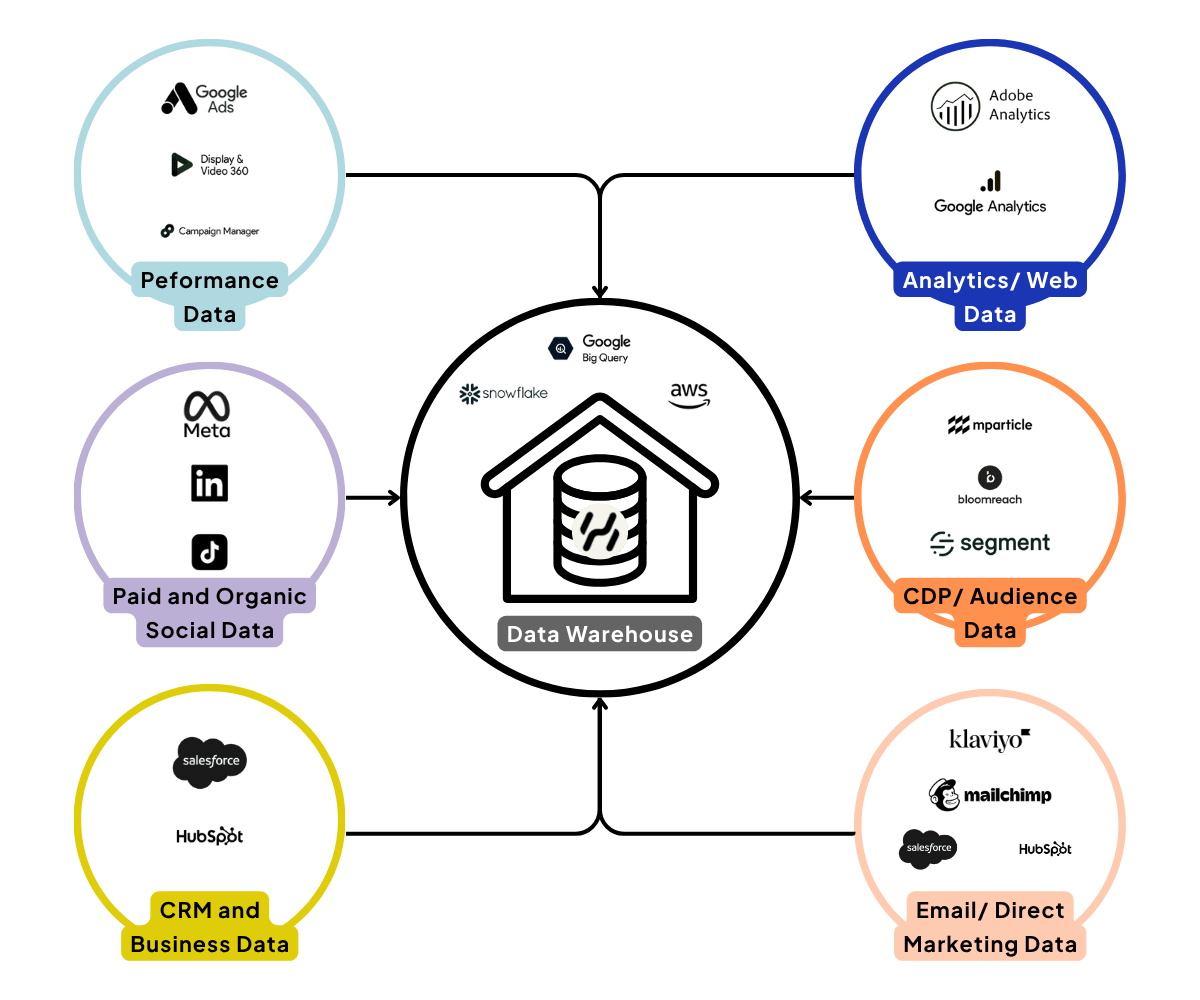
BigQuery is an excellent option because it’s affordable for storing and querying data, and it integrates with Google Cloud, giving you access to a whole host of products, tools, and capabilities to advance your marketing efforts: including machine learning, predictive modelling, automated creative analysis, and recommendation engines.
Raw, Unsampled Data Analysis
The main benefit I want to focus on is the ability to analyze and work with raw, unsampled website data. When you integrate Google Analytics and BigQuery, you unlock raw event-level and user-level data that provides deeper insights into user behavior on your site.
Using BigQuery SQL, you can query this data in numerous ways:
- Analyze user journeys to uncover what’s blocking or driving purchases and leads
- Deep-dive into e-commerce and lead form flows to identify optimization opportunities
- Discover product relationships by seeing what products users buy together or what they purchase first versus next
- Break down geographic behavior to understand how location affects user behavior
- Understand behavior by pages and categories for content optimization
You can also connect BigQuery directly to a Looker Studio dashboard to visualize your data seamlessly, allowing you to build fast, detailed dashboards using a free tool.
3. Explore
Google Analytics made the Explore tool available to all users when they released GA4. In the previous version, Explore was only available to Enterprise users. This tool allows you to perform advanced data analysis through a simple drag-and-drop interface.
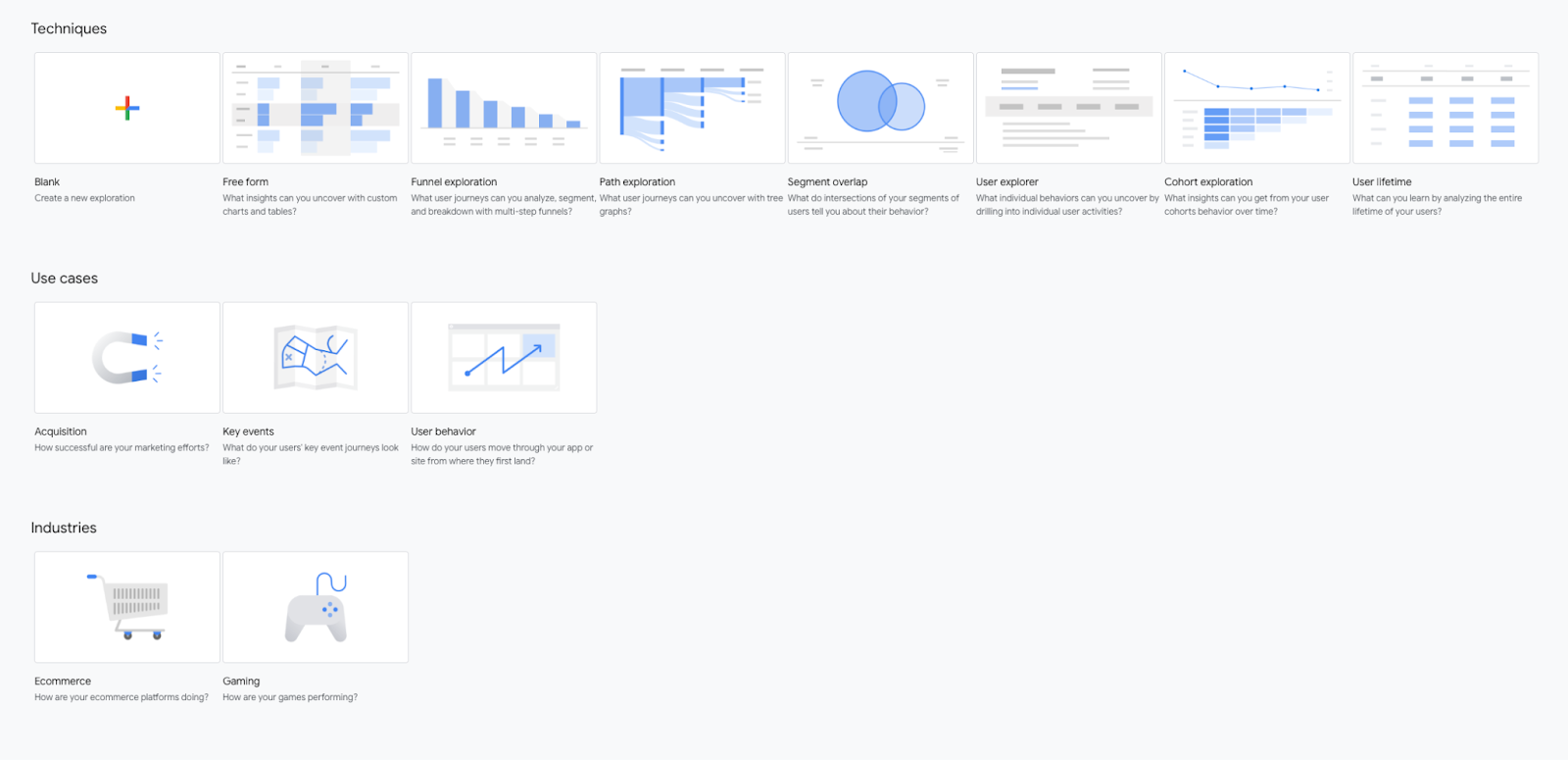
Key Features of Explore
Right-click audience creation: If you discover a segment of users in your analysis that’s highly valuable or unique, and you want to test reaching them in your campaigns, you can simply right-click to create an audience. You can also create segments for analysis and monitoring purposes across your reports.
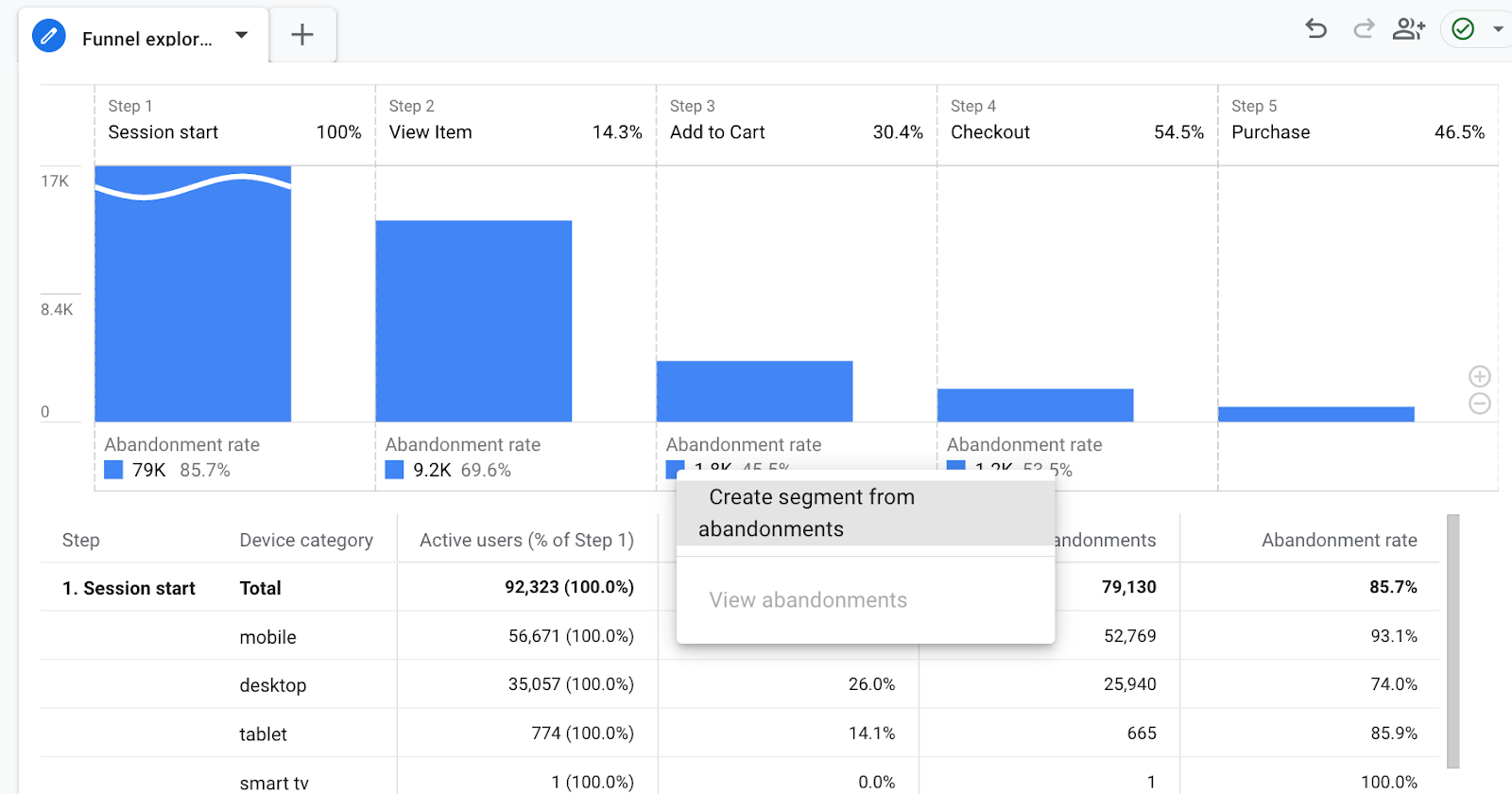
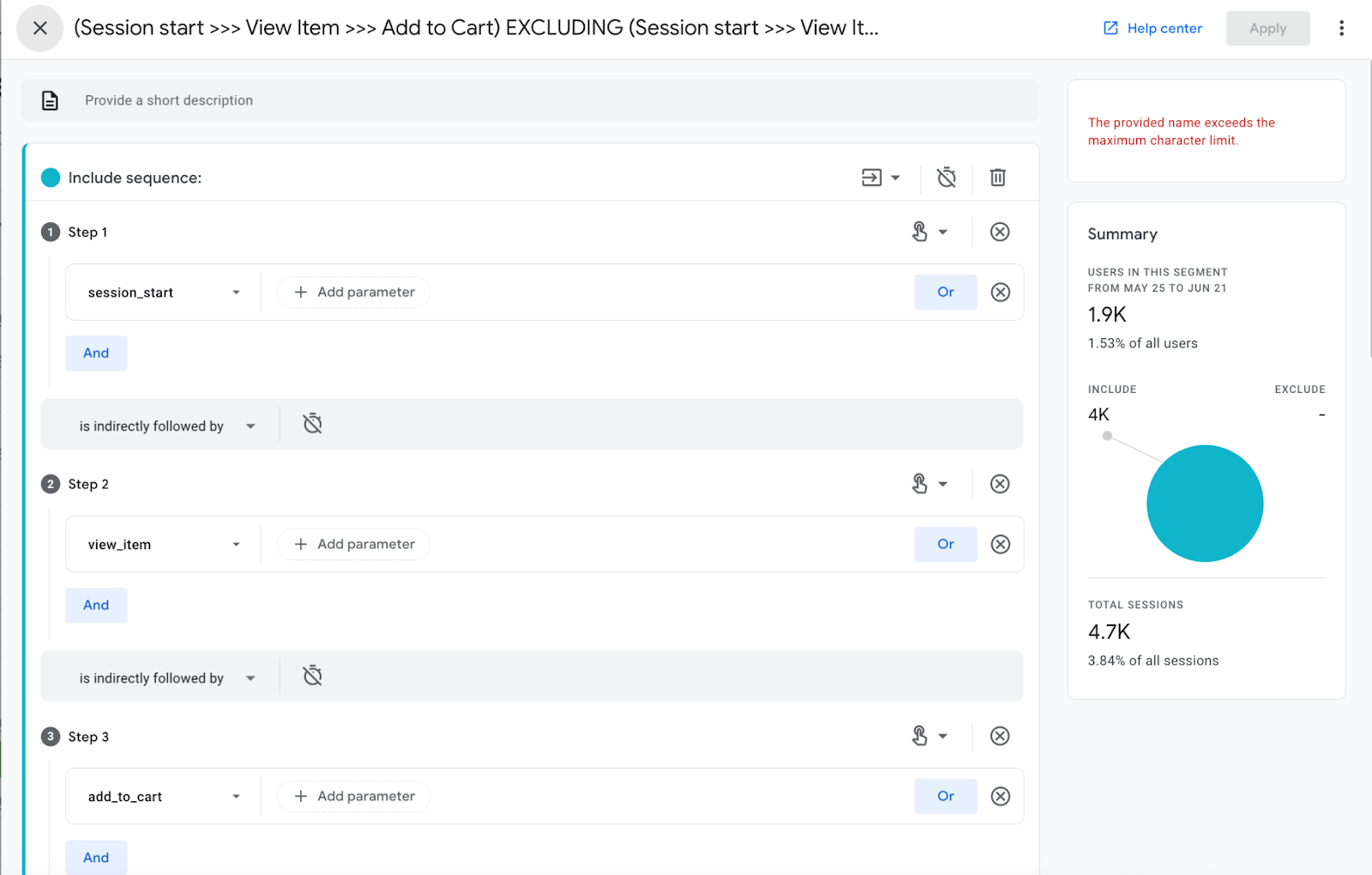
Custom funnels: Create custom steps from any of your event data and order them to see how users interact across your site. The funnel view shows you abandonment and completion rates at each step.
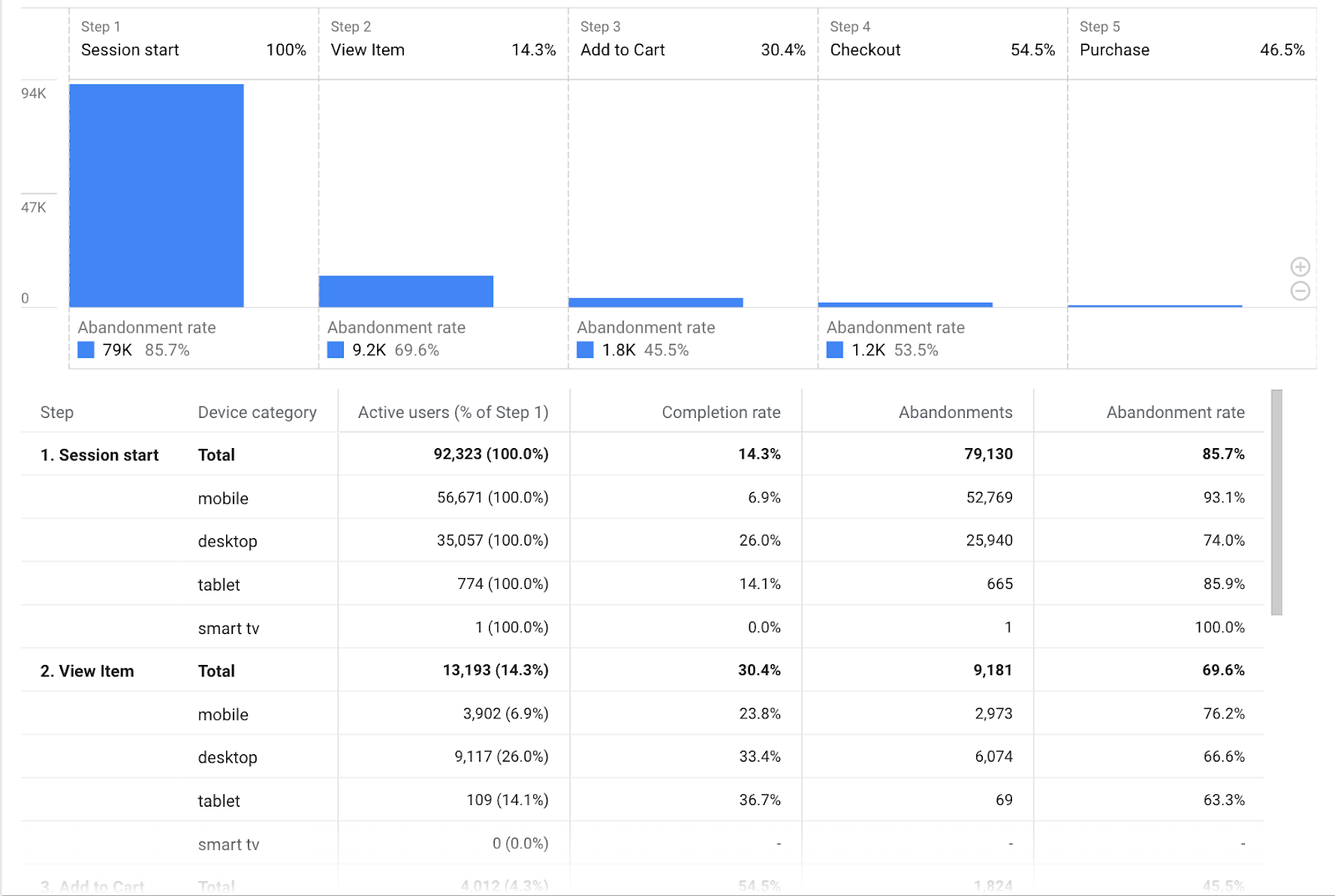
Path analysis: View backwards and forward path events to visualize user journeys. See all the different ways users navigate to your main conversion points so you can optimize the journey and fix any breaks.
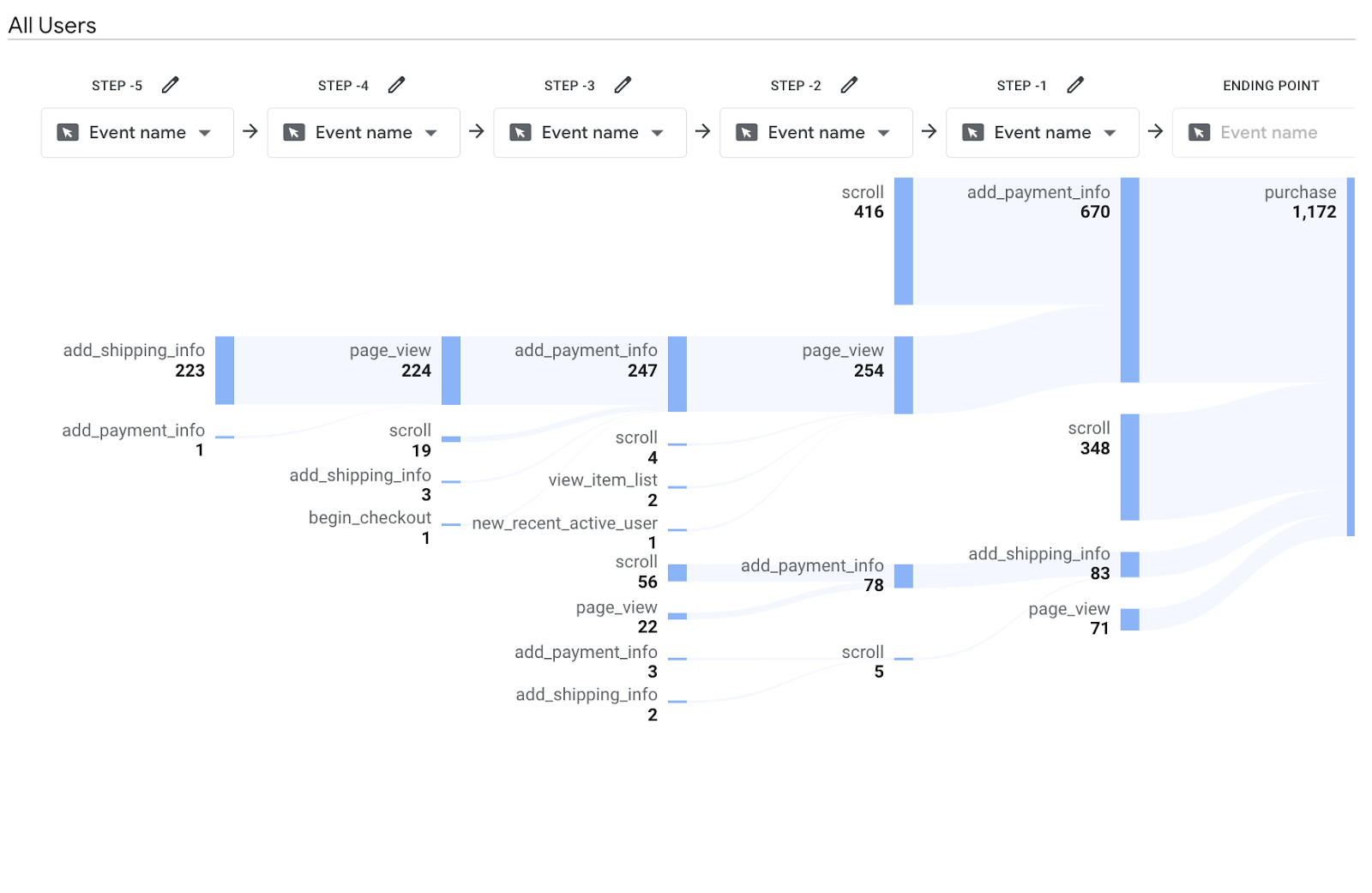
User interaction deep-dives: Click into user IDs to see what your highest-value users are doing on your website in granular detail.
Conclusion
These three GA4 features; Audience Builder, BigQuery Integration, and Explore, represent just the tip of the iceberg when it comes to GA4’s capabilities. By implementing these tools strategically, you can transform your analytics from basic reporting into a powerful engine for business growth and optimization.
The key is to start with a clear strategy, understand what questions you’re trying to answer, and then leverage these tools to find those answers in your data.
If you’d like to chat about any of these features further, or need help rolling them out in your business, feel free to reach out.

